1.募集人員
助教(テニュアトラック)1名
2.所属組織
筑波大学計算科学研究センター
3.専門分野
医療映像処理、複合現実感・拡張現実および計算メディア技術
4. 職務内容
筑波大学計算科学研究センター*1では、物理学・化学・生物学などの基礎科学、および、計算シミュレーション技術を用いて医学分野と連携し、計算科学による医療技術を開拓する「計算メディカルサイエンス事業」に取り組んでいます。この事業の中のプロジェクトの一つである“3D Surgical Vision”では、3次元映像に基づいた状況認識と拡張現実提示を統合することにより、施術手順や医療技術の直感的な把握を可能とする3次元手術ナビゲーションを実現し、施術レベル・教育効果の向上を目指すと共に、遠隔診断・治療システムの実現を目的とした研究に取り組んでいます。
本公募では、上記計算メディカルサイエンスの研究を行っていただける方を求めます。特に、着任後は意欲的に医学分野と連携して研究活動を推進していただける方を希望します。
また、応募者の適性を判断して、大学院システム情報工学研究群(知能機能システム学位プログラム*2、エンパワーメント情報学プログラム*3)における研究・教育、ならびに、理工学群工学システム学類*4(学部に相当)における教育も担当していただきます。
*1 計算科学研究センター http://www.ccs.tsukuba.ac.jp
*2 システム情報工学研究群知能機能システム学位プログラム http://www.imis.tsukuba.ac.jp
*3 システム情報工学研究群エンパワーメント情報学プログラム http://www.emp.tsukuba.ac.jp
*4 理工学群工学システム学類 https://www.esys.tsukuba.ac.jp
5. 着任時期
2023年度9月1日以降のできるだけ早い時期。
6. 任期
任期5年間のテニュアトラック(基本年俸表適用職員)着任時から原則5年目に学内規定に基づくテニュア審査が行われ、テニュアが取得できた場合は任期なしとなります。
7. 勤務地住所
〒305-8577 茨城県つくば市天王台1-1-1
8. 応募資格
博士の学位を有し(着任時期までに取得見込みも可)、専門分野において優れた研究業績をお持ちで、上記職務に熱意を持って取り組んでいただける方。
9. 待遇
給与:本学規定による。
勤務時間:専門業務型裁量労働制適用(みなし労働:1日7時間45分、週5日勤務、週38時間45分)
雇用形態:常勤
任期:着任日から最長で5年間(テニュアトラック制)
時間外労働:有り(入試、全学的行事、その他臨時業務)
休日:日曜日,土曜日,祝日,12月29日〜1月3日
各種保険:文科省共済組合、厚生年金、雇用保険、及び労災保険等に加入。
【参考】
国立大学法人筑波大学本部等職員就業規則
https://www.tsukuba.ac.jp/images/pdf/2005hks07.pdf
国立大学法人筑波大学本部等職員の給与に関する規則
https://www.tsukuba.ac.jp/images/pdf/2005hks08.pdf
10. 募集締切
2023年05月31日 必着
11. 提出書類:
- 応募概要:氏名、生年月日、現在の所属と職、査読付き学術誌掲載論文数、査読付き国際会議論文数、専門分野を表すキーワード5個を、1ページ以内に記載すること。
- 履歴書:連絡先、電子メールアドレス、高等学校卒業後の学歴・職歴・研究歴、所属学会等を記載すること。写真を付けること。
- これまでの研究の概要:1,500字程度.⑤の主要論文を適宜参照すること。
- 研究業績一覧.査読付き学術誌掲載論文、査読付き国際会議論文、著書、査読無論文、解説、特許、受賞、競争的外部資金獲得実績(期間、金額、研究代表者・分担者の区別を明記)、報道、その他などに分類したリスト。共著者名は全員記入すること。⑤に記載した論文に〇印を付けること。
- 主要論文リスト 5編:最近5年以内のもの。ただし、1編はそれ以前のものでも可。査読付き学術誌掲載論文について、分かる場合はIF=Impact Factor、SNIP=Source Normalized Impact per Paper、被引用文献数(参照したデータベースも明記)を記載のこと。また、査読付き国際会議論文について、わかる場合は会議の h5-index,CORE rank,採択率,被引用文献数(参照したデータベースも明記)を記載すること。
- 5に記載した主要論文のコピー。
- 教育業績 :過去の担当科目・TA経験、指導学生の受賞、学生の指導実績など。
- 着任後の研究・教育に対する計画・抱負と自己アピール:1,500字程度。
- 本人についての意見を求め得る方2名の氏名、所属および連絡先。
- 特定類型自己申告書:本学所定の様式を以下サイト*から入手し、必要事項を記入し、署名すること。
- GDPR適用国(EU加盟国,アイスランド共和国,リヒテンシュタイン公国,ノルウェー王国,英国)からの応募者は、本学所定のGDPR同意書を以下サイト*から入手し、必要事項を記入し、署名すること。該当しない方は提出不要です。
※提出書類の様式および記入例は下記URLからダウンロードできます。
https://www.ccs.tsukuba.ac.jp/reqdocuments/
12. 問い合わせ先
筑波大学 計算科学研究センター計算情報学研究部門 教授 亀田能成
Tel: 029-853-5256 / E-mail: kameda _AT_ ccs.tsukuba.ac.jp
(_AT_ を @ に置き換えてください。)
13. 応募書類送付先
以上の①から⑪を一つのPDFファイルにまとめ、「JREC-IN Portal Web応募」で提出してください。なお、⑩と⑪は必要事項を記入し、署名した書類をスキャンしたものを提出してください(⑩と⑪は後日原本をお送りいただきます)。
JREC-IN 公募情報掲載ページ:https://jrecin.jst.go.jp/seek/SeekJorDetail?fn=3&id=D123041472&ln_jor=0
14. その他
(1) 応募書類に含まれる個人情報は、本人事選考のみに使用し、他の目的には一切使用しません。選考終了後はすべての個人情報を適切に破棄します。
(2) 計算科学研究センターは、文部科学省共同利用・共同研究拠点に認定されており、計算機共同利用を含む学際計算科学を推進しています。筑波大学では男女雇用機会均等法を遵守した人事選考を行っています。
(3) 本学は、「男女共同参画社会基本法」の精神及び「筑波大学ダイバーシティ基本理念・基本計画」の理念・方針に則った人事選考を行っております。
(4) 本学では、「外国為替及び外国貿易法」に基づき、「国立大学法人筑波大学安全保障輸出管理規則」を定め、外国人、外国の大学・企業・政府機関等出身者又は特定類型該当者の雇用に際し厳格な審査を実施しています。

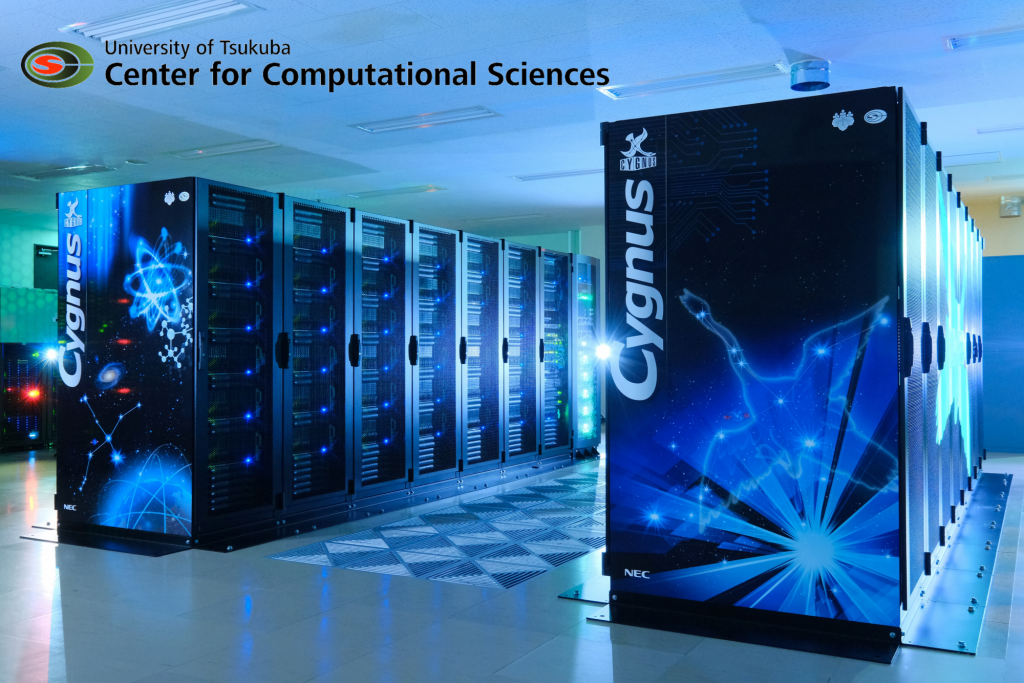
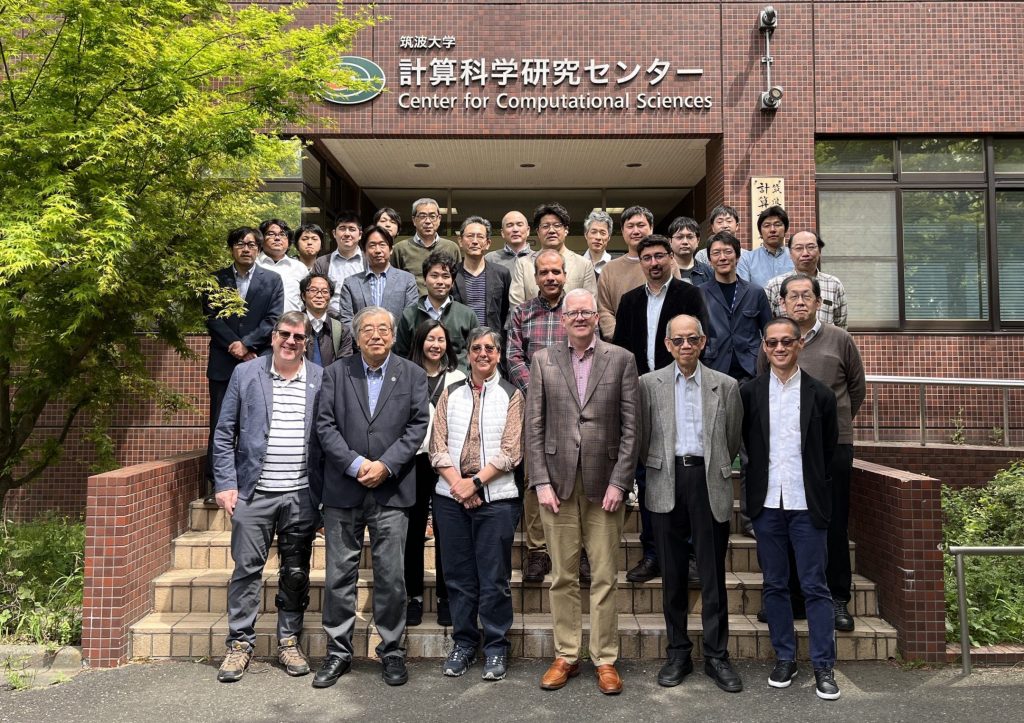
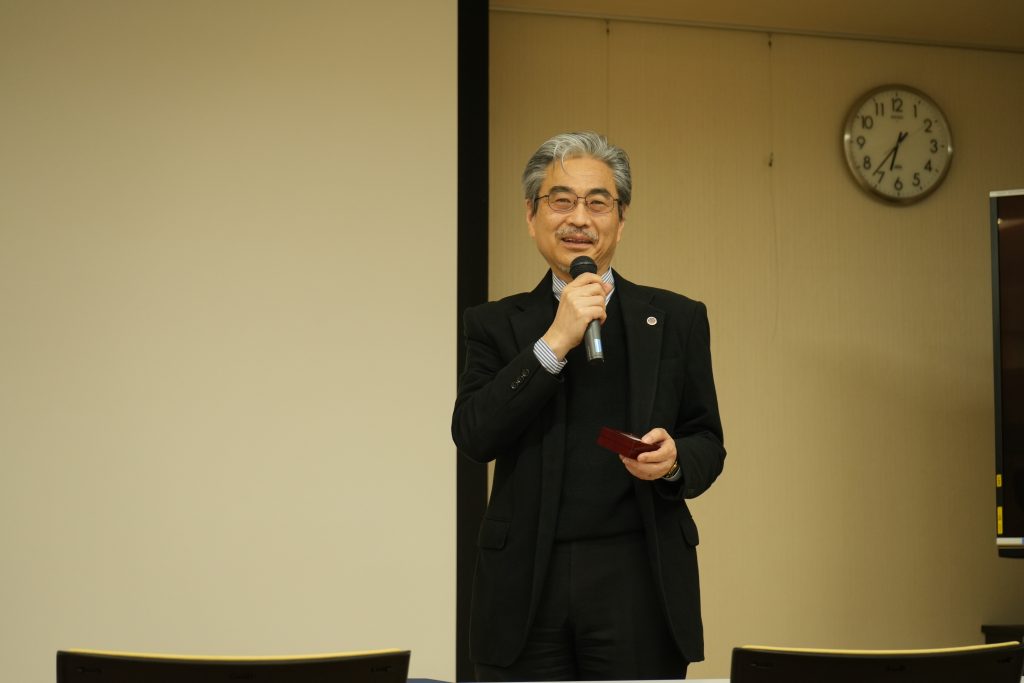
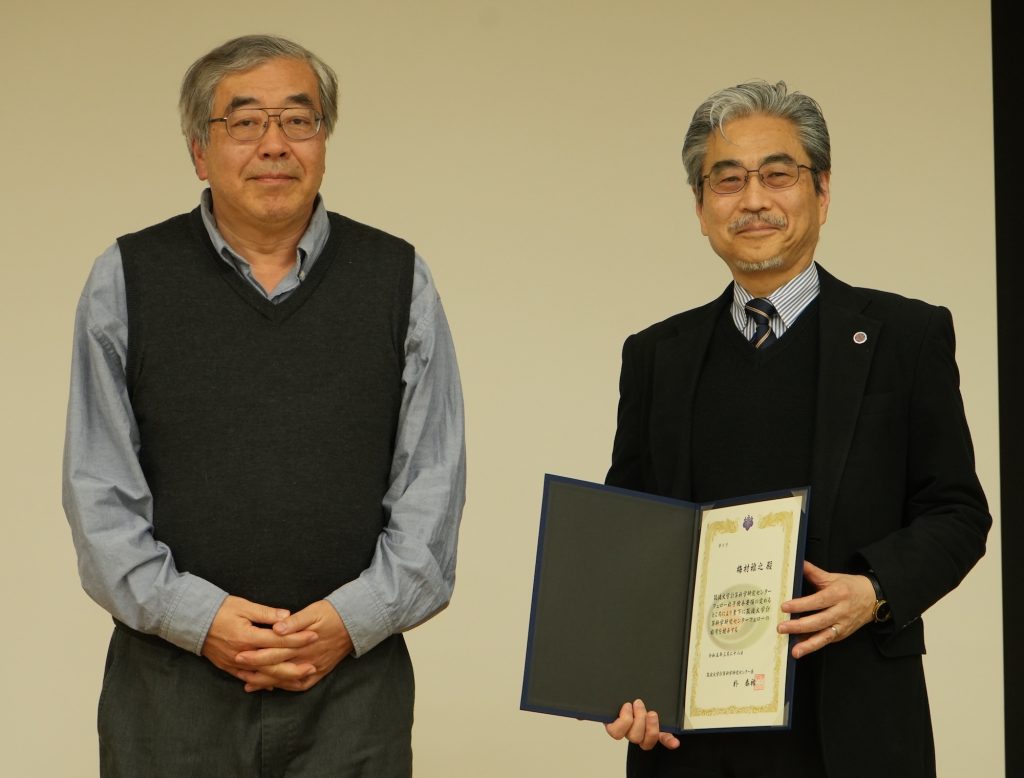
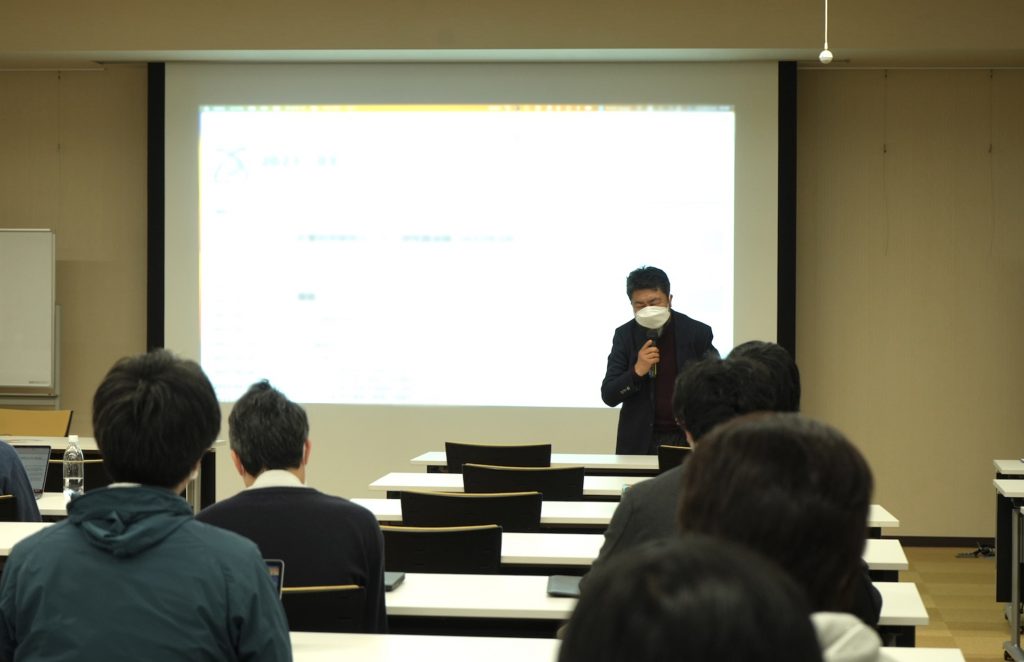
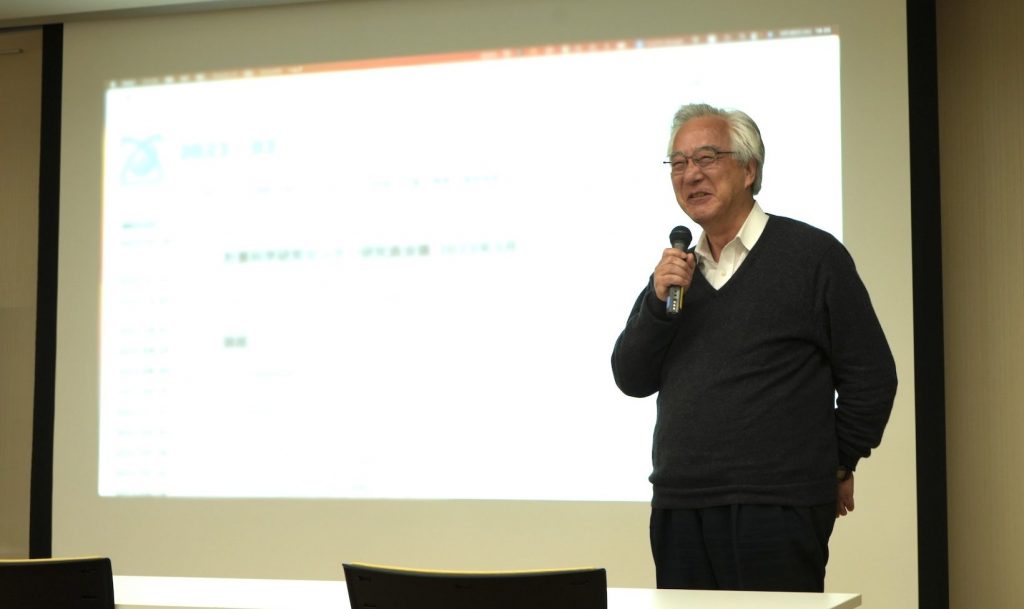
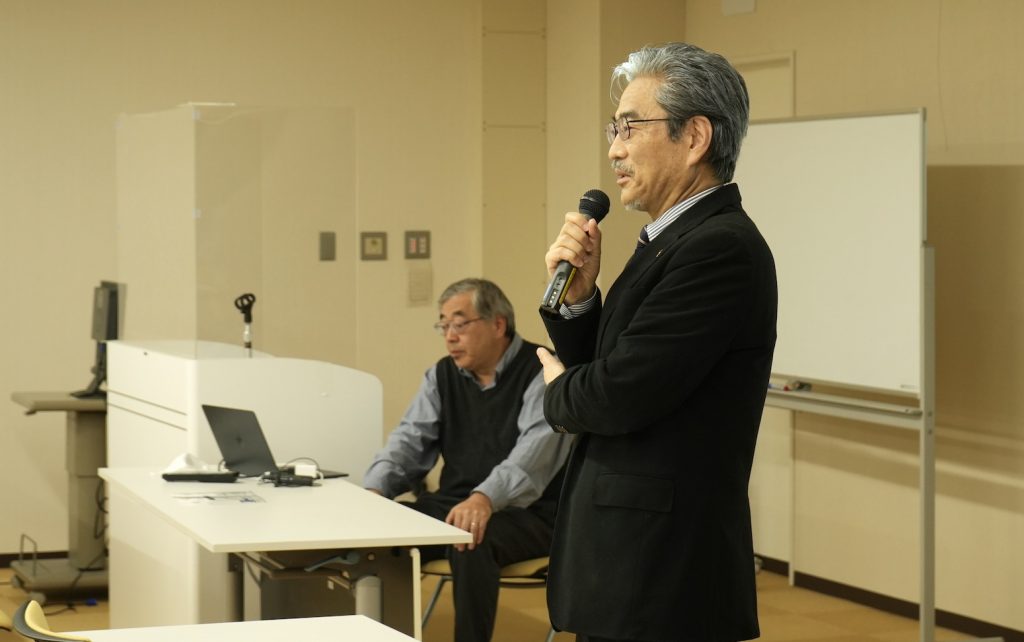
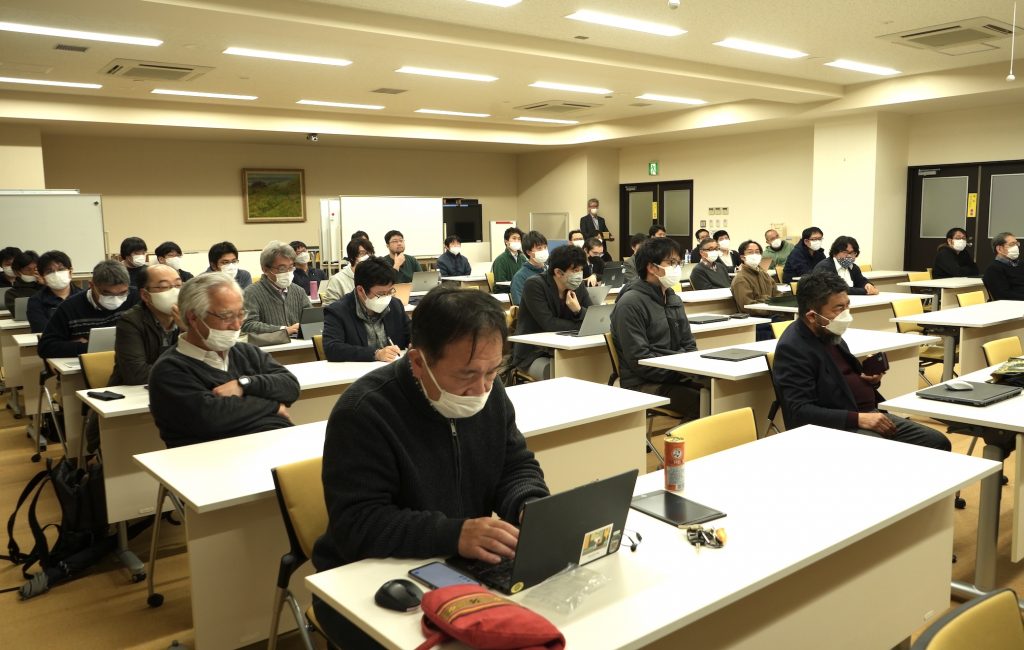
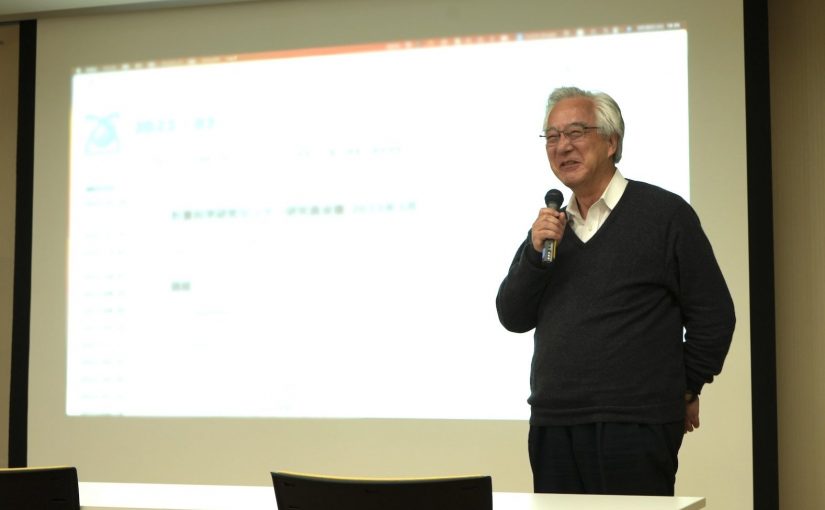
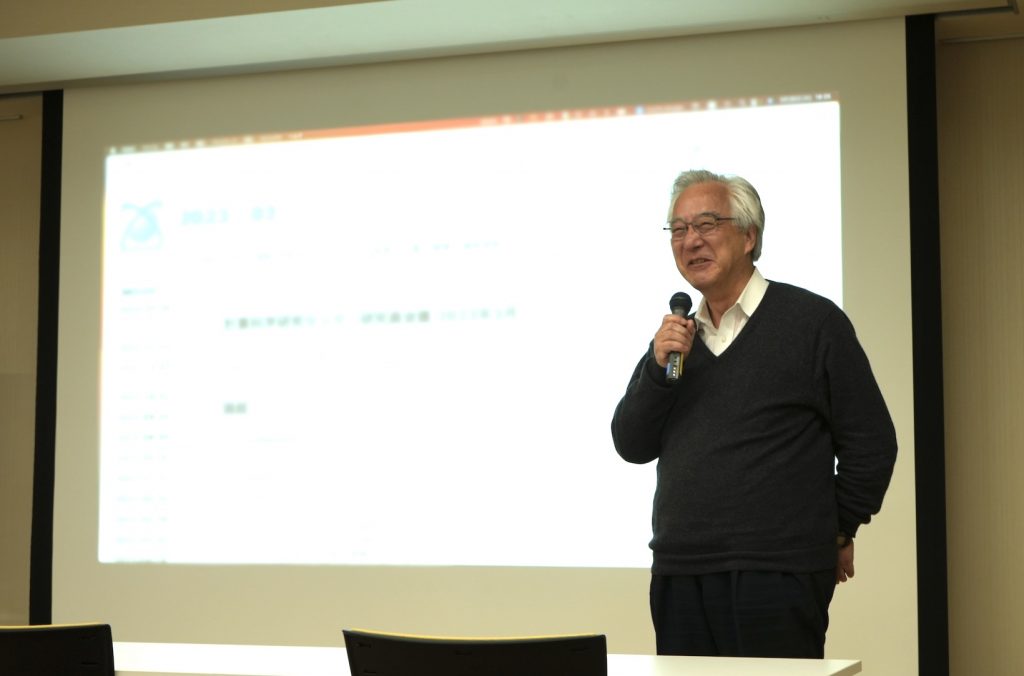
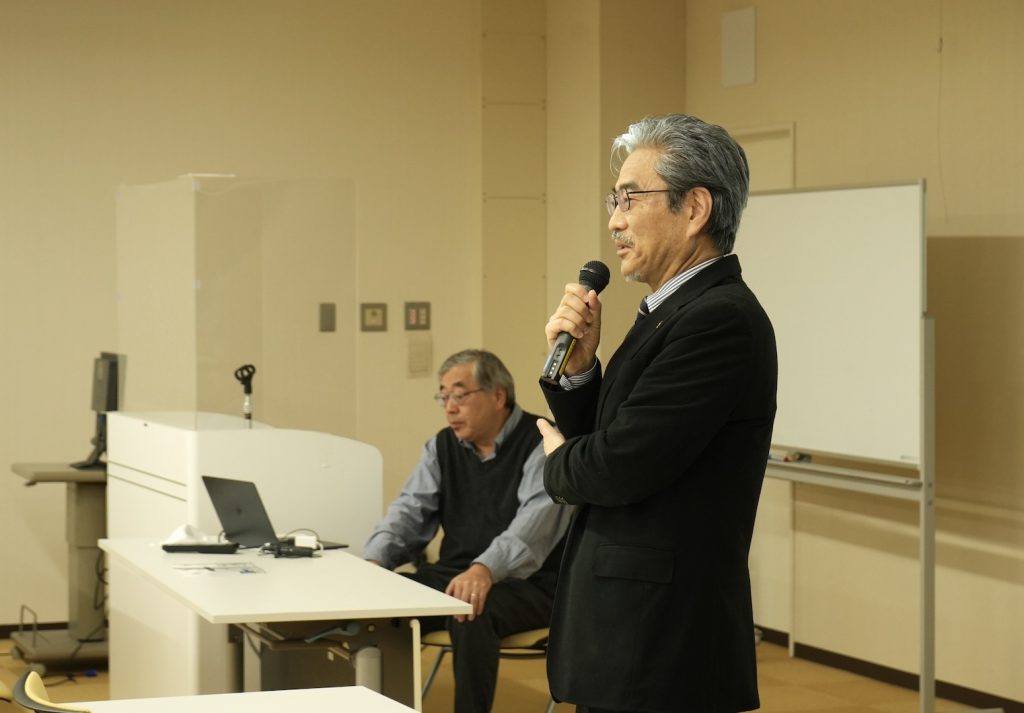
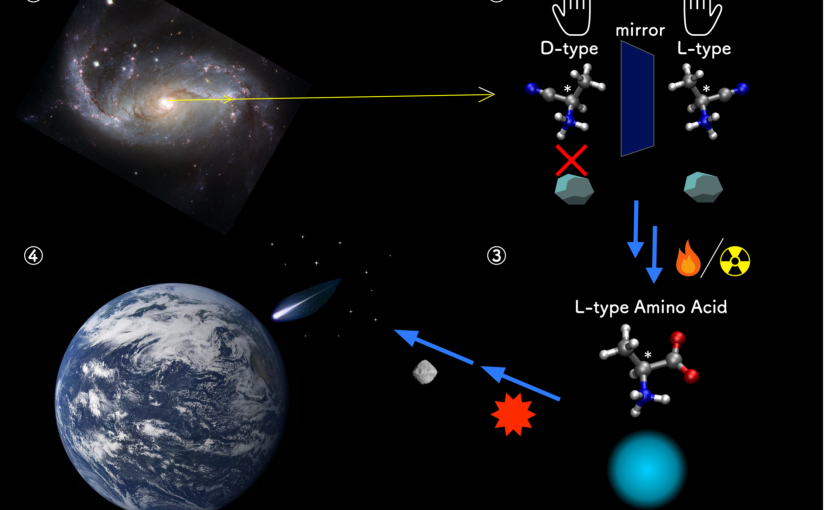
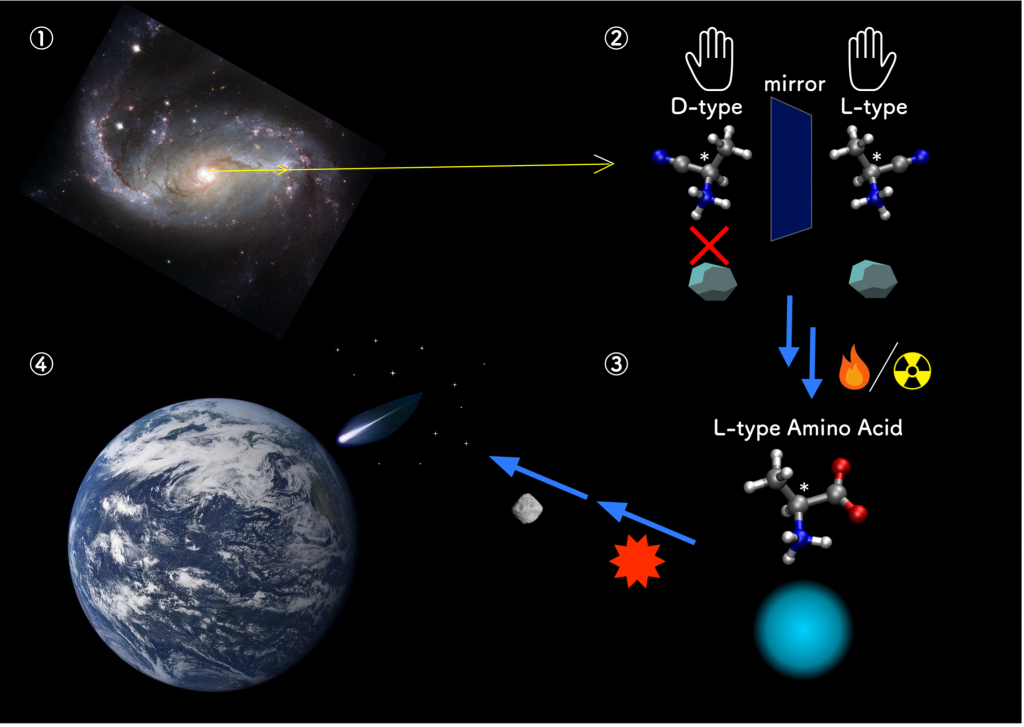
![[ウェブリリース]膜タンパク質に対して創薬シミュレーションを可能にする計算手法を開発](https://www.ccs.tsukuba.ac.jp/wp-content/uploads/sites/14/230322fig2-825x430.png)

